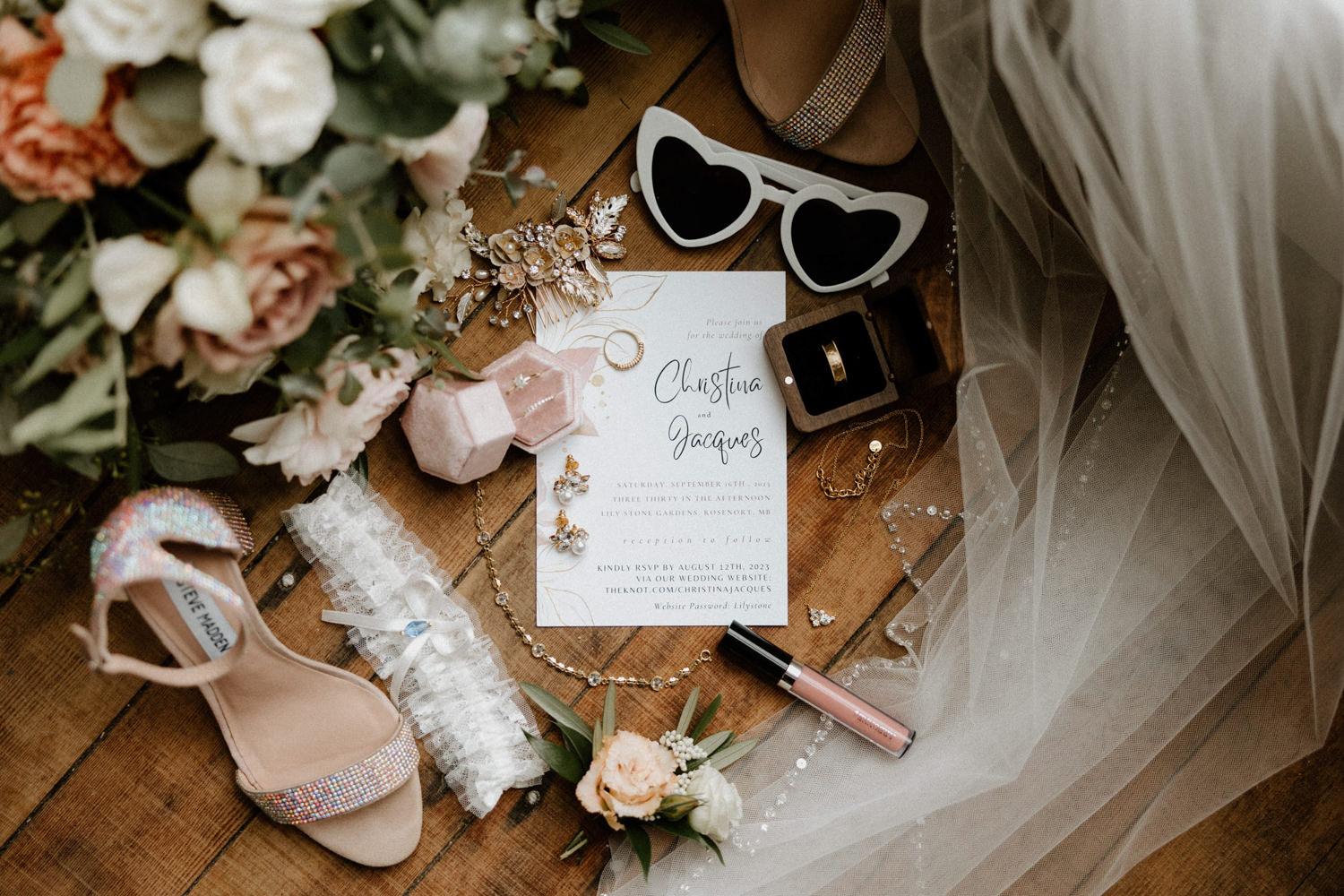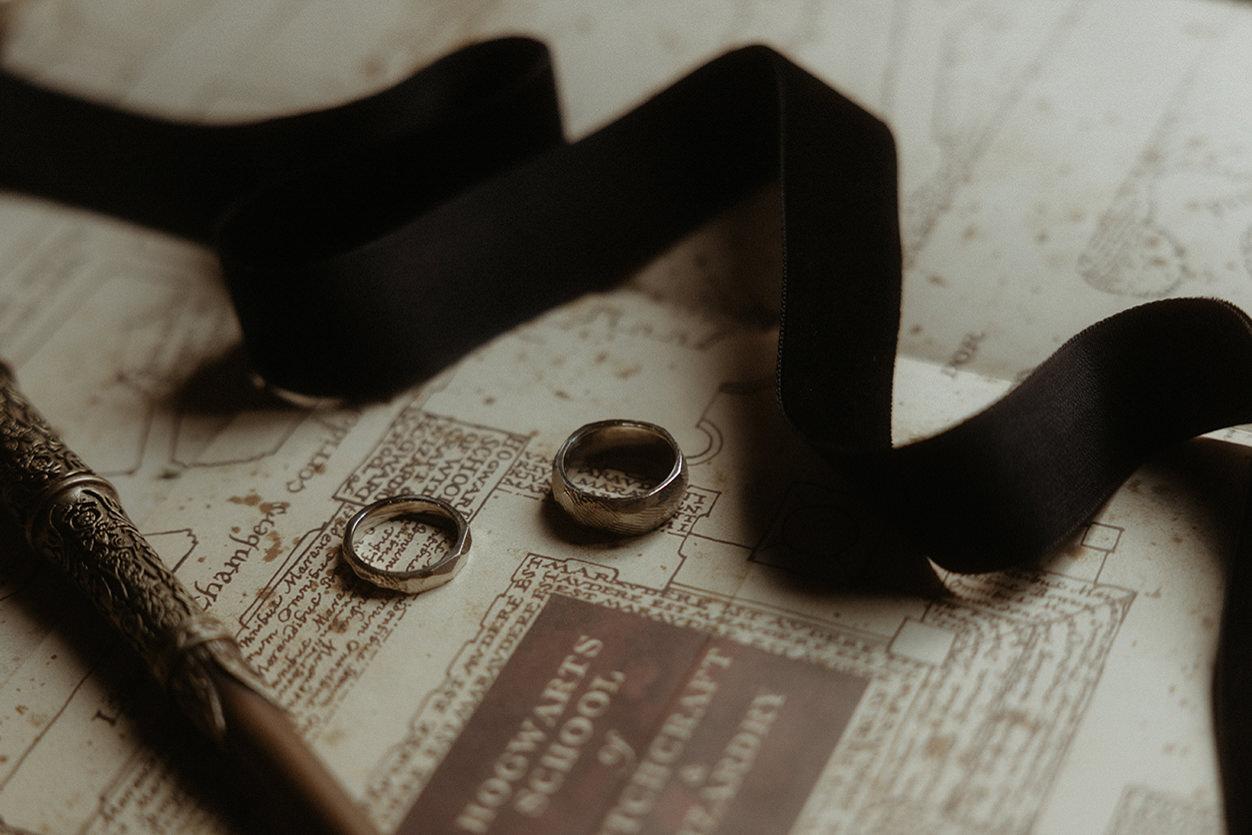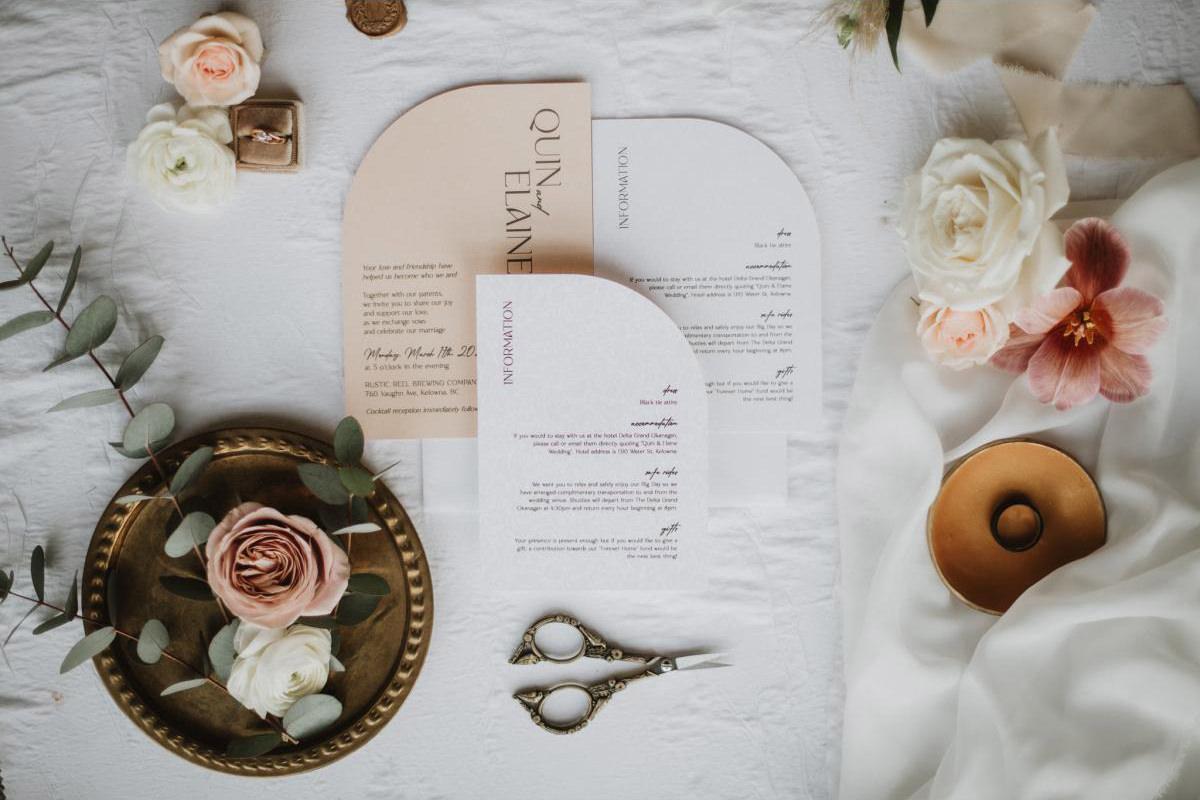A simple piece of paper—once reserved for royalty—became a cornerstone of modern wedding planning. The invitation tells guests more than just where and when.
Today’s Canadian wedding invitations range from minimalist e-vites to hand-lettered works of art. But behind this seemingly standard tradition lies a rich story of class, communication, and cultural evolution. Long before save-the-dates and custom fonts, wedding invitations were rare, highly formal, and deeply symbolic.
Here’s how the wedding invitation evolved—from parchment scrolls to the first glimpse of your wedding brand.

Pre-Printing Press: Announcements by Word of Mouth
In ancient and medieval times, most people couldn’t read, and weddings were community events announced verbally.
- Town criers or religious leaders spread the news—especially for church weddings.
- In small villages, everyone was expected to attend, so invitations were largely unnecessary.
- Royal or noble families might commission handwritten scrolls delivered by messengers.
Invitations were about social obligation, not design—and often involved who was allowed in rather than who was welcomed.
The Printing Revolution: Birth of the Paper Invitation
The invention of the printing press (1400s) didn’t immediately change weddings, but by the 1600s, movable type allowed the upper classes to print invitations for large events.
- The rise of literacy and the postal system in the 1700s helped expand their use.
- By the 1800s, with the invention of lithography, wedding invitations became aesthetic objects, featuring floral motifs, calligraphy, and crests.
- At this time, wedding invitations were still high society affairs—a sign of wealth and etiquette.
They also marked the beginning of wedding branding, centuries before Pinterest.
Victorian Influence: Etiquette, Envelopes, and RSVP Cards
The 19th century brought standardization to wedding invitations:
- Invitations were printed on heavy cardstock with engraved script.
- Double envelopes were introduced to protect the pristine interior during transit.
- The “RSVP” became a formal expectation.
- Wording was governed by etiquette (e.g., “Mr. and Mrs. John Smith request the pleasure of your company…”).
This era cemented the idea of the invitation as a reflection of family stature and tone.

20th Century to Now: Accessibility and Personalization
By the mid-1900s, wedding invitations became widely accessible to the middle class:
- Mass printing made stationery affordable.
- New styles emerged: folded cards, colour printing, photographs, and pre-addressed envelopes.
- The rise of DIY culture in the 1980s–90s led to homemade invitations and scrapbook aesthetics.
- In the 2000s and beyond, couples began using invitations to set the tone—from formal black-tie events to backyard potlucks.
Today, stationery often includes:
- Save-the-dates
- Custom monograms
- Itineraries and maps
- Wedding websites and QR codes
And of course, digital invitations and e-vites are on the rise—especially post-pandemic.
Cultural Variations and Invitation Rituals
Around the world, wedding invitations reflect diverse traditions:
- In South Asian weddings, invitations are often elaborate and may include gift boxes, sweets, or symbolic items.
- In Jewish communities, bilingual invitations (e.g., Hebrew and English) are common, and date/time phrasing reflects religious customs.
- Chinese wedding invitations are often red and gold, symbolizing luck and prosperity.
- Many Indigenous families in Canada announce weddings through community word-of-mouth, social media, or extended kinship networks.
In multicultural Canadian weddings, couples often blend formats and languages to reflect heritage and values.
Photographers and Invitation Flatlays
Wedding invitations may seem like a minor detail—but they’re a storytelling element.
- Flatlay photography captures the invitation suite alongside meaningful details: rings, heirlooms, florals.
- The design can reflect the aesthetic of the day, offering visual cohesion.
- For elopements or intimate weddings, the invitation may be one of the only paper mementos.
These shots are often featured in albums, galleries, and vendor portfolios.

Related Reading in the History of Weddings Series:
- The History of the Wedding Registry
- The History of Wedding Planning in Canada
- The History of the Wedding Industry
- The History of Wedding Guest Lists
Continue Planning Your Wedding
Ready to dive into the details? How to Find the Perfect Wedding Photographer: The Ultimate Guide to Making the Right Choice